Search
Remove Ads
Advertisement
Summary 
Loading AI-generated summary based on World History Encyclopedia articles ...
Search Results
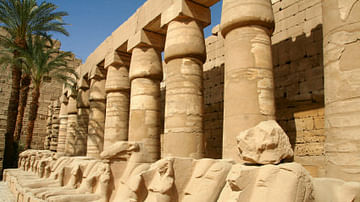
Definition
Ammon (Deity)
Ammon is the name of a Libyan deity and his oracle in the desert. It became famous after Alexander the Great made a detour to consult the god. The modern name is Siwa. Oracle at Siwa Ammon was a Libyan deity, whose oracle was situated...

Definition
Mercury (Deity)
Mercury (Mercurius) was the Roman god of commerce, often serving as a mediator between the gods and mortals, his winged feet giving him the advantage of speed, and so was the patron of circulation in general - of people, goods and messages...
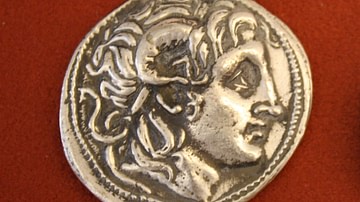
Image
Alexander as Ammon-Zeus
Silver tetradrachm from Thrace, reign of Lysimachus, 323-281 BCE. Head of Alexander as Ammon-Zeus. (Alpha Bank Numismatics Museum, Corfu)
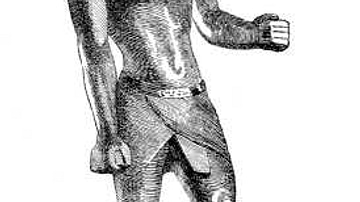
Image
Ammon
Amen or Ammon, from a bronze in the Louvre. Height 22·04 inches.
From "A history of art in ancient Egypt, Vol. I (of 2)" (1883).
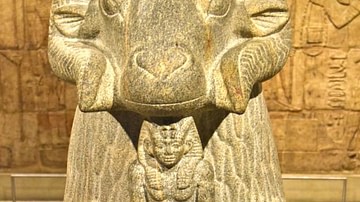
Definition
Amun
Amun (also Amon, Ammon, Amen, Amun-Ra) is the ancient Egyptian god of the sun and air. He is one of the most important gods of ancient Egypt who rose to prominence at Thebes at the beginning of the period of the New Kingdom (c. 1570-1069...
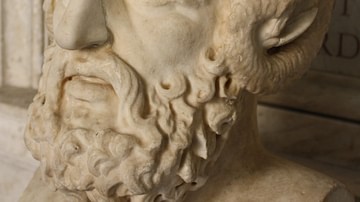
Image
Zeus Ammon
A marble Herme of Zeus Ammon. Roman copy of a Hellenistic original. (Capitoline Museums, Rome)

Article
Alexander the Great as a God
The age-old concept of the “divine right of kings” allowed that a country's ruler received his or her power or authority from God. However, few, if any, were delusional enough to actually believe themselves to be a god. An exception to this...
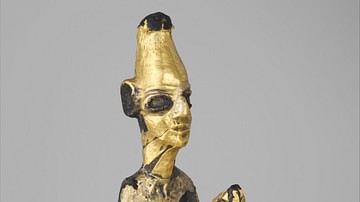
Image
Gilded Canaanite Deity
A gilded bronze seated deity from Canaan. 14-13th century BCE. Height: 12.7 cm. (Metropolitan Museum of Art, New York)
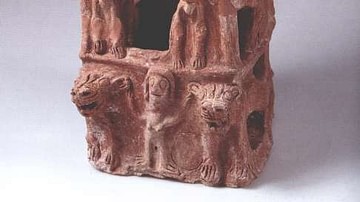
Image
Pedestal for the Figure of a Deity, Taanach
This object is pedestal for the figure of a deity. It was excavated from Taanach and dates to the Iron Age I (10th century BCE). It has a height of 53.7 cm, a width of 22 cm, and a length of 24.5 cm. (The Israel Museum, Jerusalem) ©The...
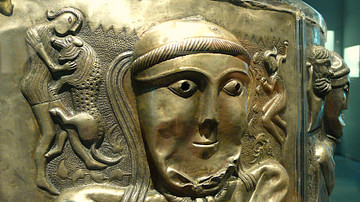
Image
Female Deity, Gundestrup Cauldron
A detail of the gilded silver Gundestrup Cauldron showing a female Celtic deity. Likely 1st century BCE, produced in the Balkans but found in Denmark in 1891 CE. (National Museum of Denmark, Copenhagen)